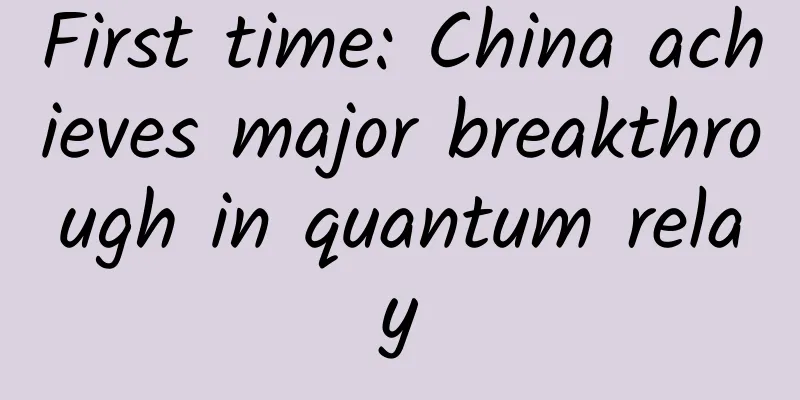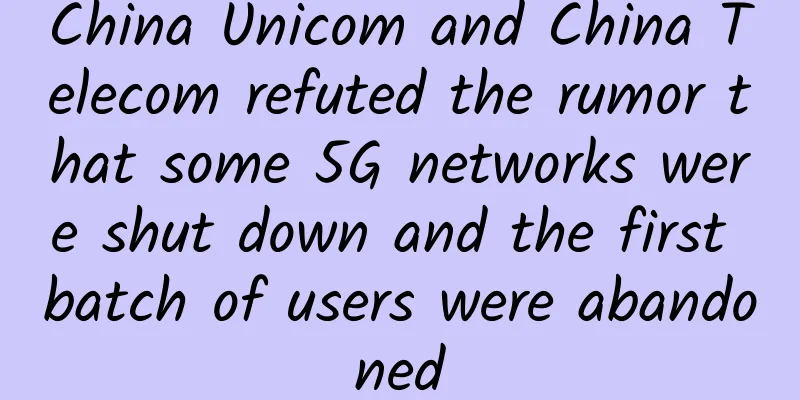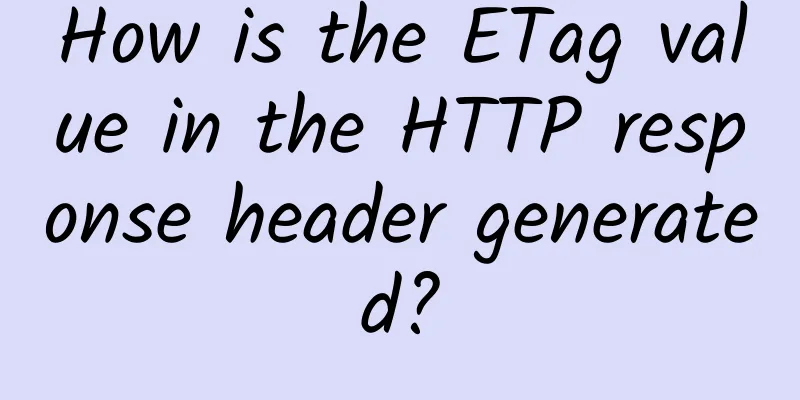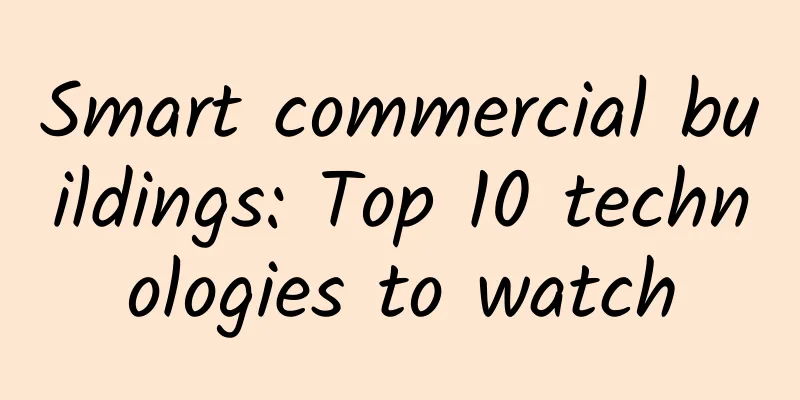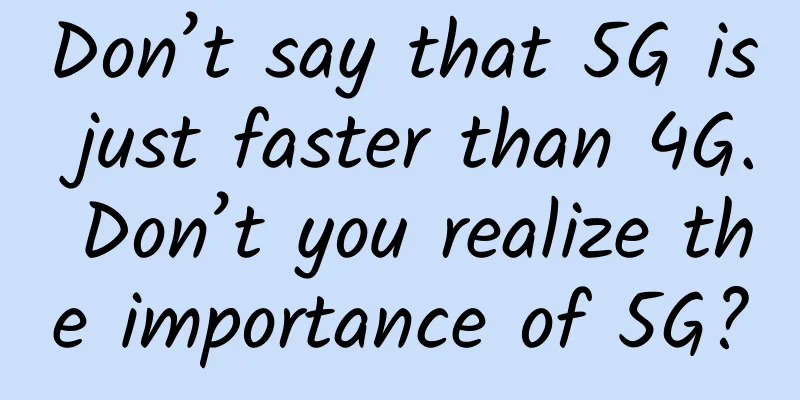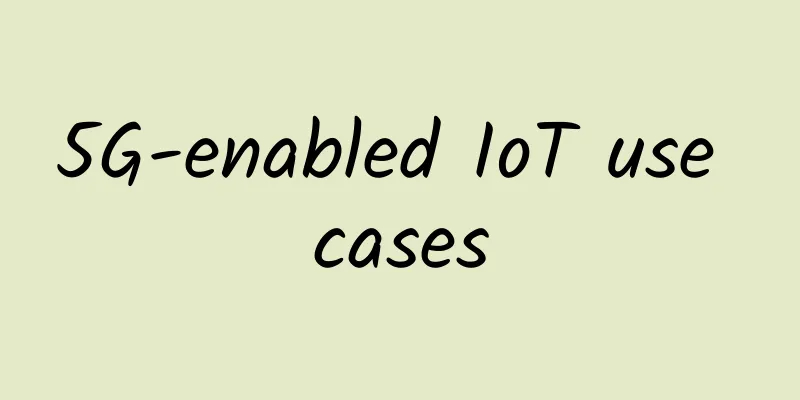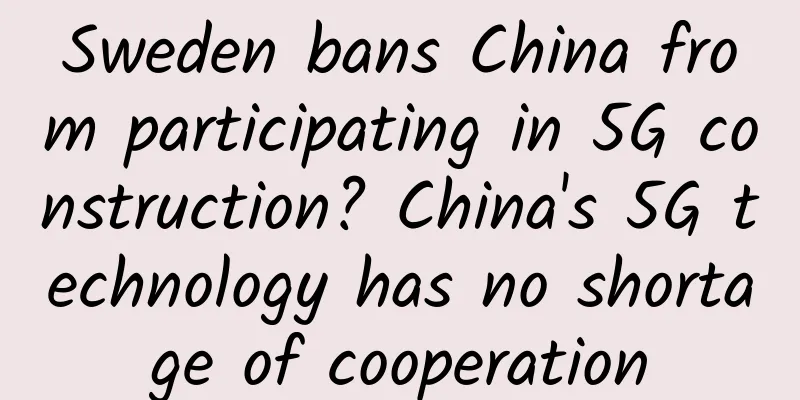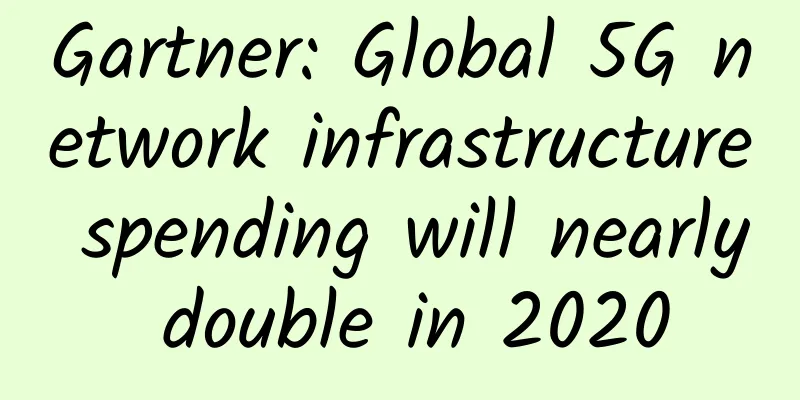European countries are intensively carrying out 5G spectrum auctions: Why the cost differences are so different
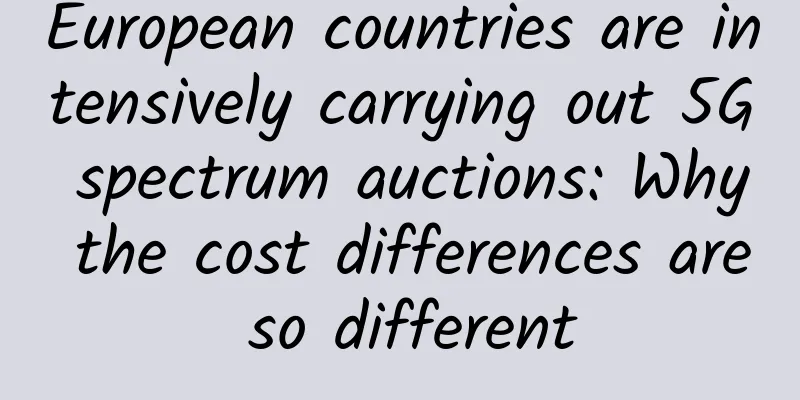
|
Compared to Italy, Austria's 5G sales look like a bargain... But Swiss operators have acquired 3.5 GHz-3.8 GHz frequencies at lower prices The number of auction participants is everything Four German operators to participate in spectrum auction next week
The price telecom operators pay for 5G licenses is starting to look like a game. Last week’s 5G auction concluded in Austria last week, with the government raising €188 million from the sale of 390 MHz of spectrum in the 3.4 GHz-3.8GHz band. Industry observers believe the relatively low turnover was largely due to them, but a simple comparison with higher gross auctions elsewhere does not tell the whole story. It’s easy to compare the Austrian auction to last fall’s multi-band spectrum sale in neighboring Italy, which raised an eye-popping €6.55 billion for state coffers. €4.35 billion of that came from the sale of 200 megahertz in the 3.7 GHz band, as TIM, Vodafone, Wind Tre and Iliad all won frequencies. That makes the Austrian auction look like a bargain. Telekom Austria's A1 was the big customer, getting 100 MHz-140 MHz frequencies in all regions for €64.35 million, while T-Mobile and 3 Austria also got national licences for 110 MHz and 100 MHz in all regions, respectively, for €56.9 million and €51.9 million. A handful of smaller companies also received regional licences. But with Austria's population at under 9 million and Italy's at around 60 million, it's not a fair comparison. It makes more sense to look across Austria's western border to Switzerland, which has a similar population and announced the results of its 5G network auction last month. The government raised CHF 380 million from the sale of airwaves in the 700 MHz, 1400 MHz, 2.6 GHz and 3.5 GHz bands. A rough calculation shows that around CHF 90 million (or €79 million) of this came from the sale of 300 megahertz of frequencies between 3.5 GHz and 3.8 GHz, equivalent to a little more than half of Austria’s total. Therefore, Austrian 5G licenses may not be cost-effective at all. However, it is worth questioning the huge price gap between the two neighboring European markets. 3 is the magic number Of course, populations are very different. A potential market of 60 million people will naturally make it more economically feasible to spend a lot of money on spectrum than one of less than 10 million. But that's not the only factor. Governments in low-consumption markets would like you to believe that their pricing models are based on smart economics and a dash of altruism. According to telecoms regulator Johannes Gungl, Austria has set a price of just €30 million for the auction in order to “create very good possible conditions for the rollout of 5G and thereby an ideal foundation for the Austrian economy.” The regulator made clear its intention was to deliver a significantly different result than the country’s 4G auction, which raised more than €2 billion in late 2013. Switzerland has taken a similar approach. “The purpose of awarding these frequencies is not to maximise auction revenues but to allocate frequencies efficiently to ensure excellent mobile communications services for Switzerland... By introducing bidding restrictions (‘spectrum caps’), ComCom ensures that all mobile operators have access to a wide range of 5G frequencies at reasonable prices,” the Federal Communications Commission (ComCom) said last month. There is certainly merit to the argument that operators need the money to roll out 5G networks. However, it is also safe to say that most governments would be happy to soak up a multi-billion-euro spectrum windfall if they were in a position to do so. The key differentiator is competition In Austria, a total of seven companies participated in the spectrum sale, but it was arranged in a way that the three major players were able to obtain nationwide spectrum, while smaller companies, including cableco LIWEST and Salzburg AG, received regional licenses. A few spectrum packages remain unsold. In Switzerland, potential new entrant Dense Air was excluded, and the remaining was divided up between Swisscom, Sunrise and Salt, a move that is undoubtedly good news for them. Instead, the Italian auction was fiercely contested by four companies that currently compete in the mobile market. All four were awarded spectrum in the 3.7 GHz band, with the results swinging back and forth over the course of the 14-day auction. Regulators recently confirmed that Germany's upcoming 5G auction will have four participants: the three existing mobile operators T-Mobile, Telefonica and Vodafone, and potential new network operator 1&1 Drillisch. According to Handelsblatt, the state expects to raise 4 billion to 5 billion euros from the sale of the 2 GHz and 3.6 GHz bands, which are expected to begin later this month. In addition, Germany on Monday unveiled plans to sell the 3.7 GHz-3.8 GHz band in the second half of this year for local 5G networks to support industrial applications. Volkswagen, Daimler and BASF have been named as possible participants. Austria is also in the process of conducting its second 5G sale. The government plans to publish tender documents for frequencies in the 700 MHz, 1500 MHz, and 2.1 MHz bands later this year, with the goal of auctioning them in Q1 2020. The reserve price for this auction has yet to be determined, and this, combined with the early development of 5G after the auction that just concluded, will provide a clearer picture of how the Austrian 5G market is developing compared to the rest of Europe. |
>>: Five Breakthrough Practices for Future 5G Capabilities
Recommend
5G empowers the transformation and upgrading of the banking industry. How should banks innovate in the 5G era?
Recently, China Mobile and Industrial and Commerc...
[Black Friday] Summary: Yunding Internet/Megahertz Cloud/Fluorescent Cloud/Journey Cloud
The blog has received some emails from merchants ...
Aruba CX Next-Generation Switching Platform Launches to Provide New Network Experience from Edge to Cloud
On December 18, 2019, Aruba, a subsidiary of Hewl...
Sharktech: 1Gbps unlimited traffic high-defense server starting at $79/month, 10Gbps unlimited traffic starting at $329/month, data centers in Los Angeles/Denver/Netherlands
Sharktech continues to offer 10Gbps port server s...
Friendhosting Summer Promotion: All VPSs are as low as 55% off, and unlimited traffic for 10 data centers for half a year starts from 8 euros
Friendhosting sent a promotional email yesterday ...
HTML page basic structure and loading process
[[433851]] Hello everyone, I am Pippi. Preface Fo...
Increase power, adjust location, and switch channels to speed up WiFi.
Have you adapted to your daily work and life afte...
China Telecom Tianyi Cloud 3.0 helps Heizi Technology build Zhongshan intelligent cloud platform
In May 2015, the state released the "Made in...
5G independent networking commercialization will be realized within this year
In March this year, the Ministry of Industry and ...
NetCloud: San Jose CN2 GIA line VPS monthly payment starts from 29 yuan, with 15 extra days for the first month
Wangyun (wangyun.net) is a Chinese hosting provid...
The seven-layer network model and TCP/UDP that you will forget after reading it once, let me popularize it for you again
In order to enable different computer manufacture...
Don’t say that 5G is just faster than 4G. Don’t you realize the importance of 5G?
Since the three major operators officially announ...
Yan Wangjia, a member of the National Committee of the Chinese People's Political Consultative Conference, submitted five proposals to the two sessions, calling for strengthening information security supervision
[51CTO.com original article] On March 3, the firs...
HostYun: Los Angeles Cera high-security VPS starting at 19.8 yuan per month, 10G bandwidth, optional native IP
We have shared product information of many data c...
